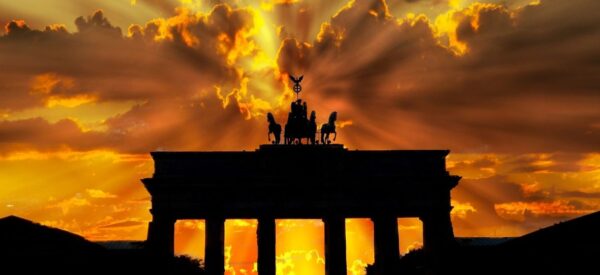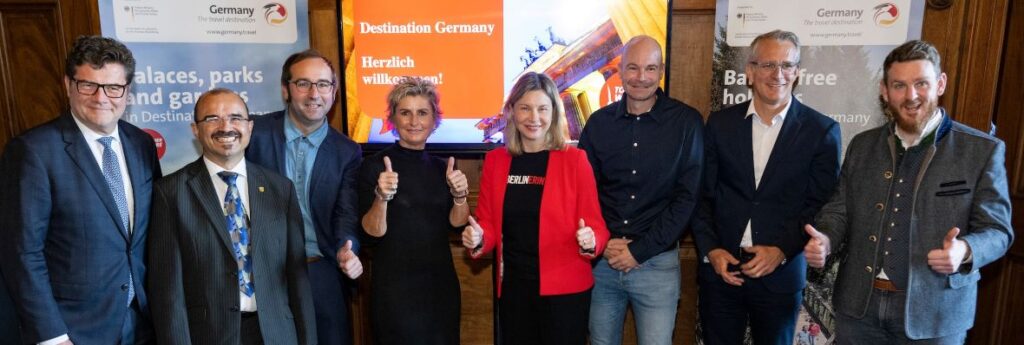All things considered (which is to say pandemic-era travel), Germany is “quite happy” with the interest it continues to receive from the Canadian market. With over a quarter of a million overnight stays in the first seven months of this year, Canada is pacing at about 70 percent of pre-pandemic 2019 numbers, although, not surprisingly, 541 percent ahead of last year.
Moreover, Canadians rate Germany fourth on their wish list of European destinations in 2022 (behind France, Italy, and the UK), Anja Brokjans, Director, Canada for the German National Tourist Office, told media an event in Toronto Monday that included six German destination representatives.
And those who go – taking advantage of 54 weekly Air Canada/Lufthansa flights, and now year-round Condor Airlines service to Frankfurt – stay almost 10 nights on average, fully two days longer than before the global health crisis.
Almost three-quarters of those visitors were leisure travellers and 47% of those listed Germany’s cities and towns (over 10,000 of them), as a primary interest.
For its part, the GNTO continues to promote local culture (themed around Flair, Taste, Green and Craft); FeelGood (sustainability); and Nature, which can be embraced through over 130 nature parks, 300,000-plus km of hiking trails, 36,000 km of cycling routes, 130-plus nature parks, three UNESCO nature sites, and 350 or so spas and wellness facilities.
In a regional report for guests, the German partners at the event touted their hometowns/areas in eight-minute presentations that collectively painted a portrait of a country that has fully emerged from the pandemic and is ready to welcome back visitors now, and in 2023, with a host of live events, not least a full return of Christmas markets in almost every city and town across the country this winter.
Munich’s Max Berger reported that recently concluded Oktoberfest celebrations – the first in three years – went off without a hitch (and with only modestly fewer crowds) – and that the NFL will play its first game in the city on Nov. 14. In a nod to sustainability, Berger noted that two urban hiking routes have opened in the city. And the Deutsches Museum, the world’s largest science museum, re-opened in July after a seven-year renovation.

In Berlin, meanwhile, Catarina Erceg advised that the former Tempelhof airport has been turned into green space and that three of the five museums on museum island have completed renovations in a massive rejuvenation project. And all things Berlin can be found in the Going Local Berlin app.
In Saxony, Dresden’s Royal Palace has new rooms open to visitors and two “Dresden Xperiences” offer artistic multi-media presentations at Dresden Zwinger and in the former fortifications under Brühl‘s Terrace.
A gem of Germany’s Romantic Road, Rothenburg ob der Tauber, is unquestionably a tourist town, said Robert Nehr, which nevertheless ought not be missed. Visitors can walk the surrounding town walls, discover charming cobbletone lanes, take a guided city walk, or visit the intriguing Museum of Torture.
The Bodensee area around Lake Constance is dubbed “1 Lake 4 Countries,” with visitors easily able to venture into Switzerland, Austria, and Liechtenstein, and do so by water (steamer), air (Zeppelin), on foot (hiking) or bike (cycling). Highlights in the area include the island town of Lindau and Europe’s largest waterfall, Rhine Falls.
And Bayreuth is notably home to the former home of composer Richard Wagner (now a museum), but also the world’s most comprehensive beer museum (according to Guinness Book of Records), while the surrounding Franconia region boasts more than 200 breweries with over a thousand types of beer to taste.

